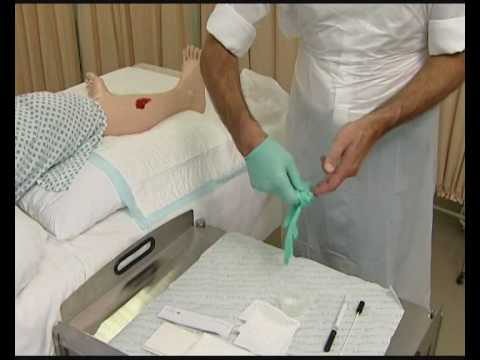Aseptic Technique for a Wound Dressing Procedure
Wounds Australia published a consensus document in 2017 to provide healthcare professional with minimum standards for a wound dressing procedure in the inpatient, clinic, outpatient, general practice, residential aged care and home care environments within the Australian healthcare context. The recommendations found in this document are a general guide to appropriate clinical practice, taking into consideration the risk assessment of the individual, the wound, and environment of the individual as well as local policy and procedure.
The guide should be implemented in a culturally aware and respectful manner in accordance with the principles of protection, participation, and partnership.
This presentation would provide practical application and greater explanation of the 7 main recommendations:
- Cleaning considerations required when performing a wound dressing procedure.
- Wound cleaning considerations.
- Environmental considerations required when performing a wound dressing procedure
- Storage considerations required when performing a wound dressing procedure
- Considerations required prior to using ‘open-but-unused’ wound dressing products.
- Patient considerations in determining appropriateness to use open-but-unused wound dressings
- Managing open-but-unused wound dressings aseptically

The development of this consensus document required a formal literature review, peer, and consumer review and expert opinion. As many of the issues of aseptic technique and use of open but unused dressing product are universal the application of these recommendations should be of international interest.
Author: Swanson T, South West Healthcare, Warrnambool. Victoria Australis
International Conference on Wound Care, Tissue Repair and Regenerative MedicineDate & venue: June 14-15, 2018 | London, UKWebsite: https://goo.gl/eLcFyZ
Comments
Post a Comment